Frequently Asked Questions
 Fresh local bread
Fresh local bread
When is the best season to visit Guassa?
Guassa can be visited any time of the year although heavy rain can be expected from July-September.
The annual celebration in the Arbara Medhanalem Church is held on April 5th and Firkuta Kidane Mihret Monastery has its annual celebration on January 26th.
How many days should we stay?
The minimum recommended stay is two days, with one night in either Guassa Community Lodge or Mehal Meda. The Lodge makes an ideal base for day trippers, who want to take short excursions to the magnificent Guassa plateau and the surrounding villages. For hikers and mule riders, we recommend spending at least one night camping in the mountains, at one of our three wilderness camps. If you have enough time, then a four-day trek, staying at a different camp each night, makes for a wonderful adventure!
Do the guides speak foreign languages?
The guides speak reasonable English. As for other languages, they will try to communicate, however a basic knowledge of English is required.
How much experience is needed to ride the mules?
Many of our visitors have never ridden a mule before and return home very pleased with their newly acquired skills. It takes only minutes to learn the essentials!
Is it possible to see wild animals?
The Guassa Area boasts several spectacular flagship species, and sightings of many of these species, including the endemic gelada and the iconic Ethiopian wolf, are virtually guaranteed.
How soon do we have to make bookings?
The facilities and guides are extremely busy during the peak seasons of Christmas and Easter, so you should book as far ahead as possible. At all times booking is required at least a day in advance.
Where can we eat in Mehal Meda town?
There are many local restaurants in Mehal Meda offering the standard range of Ethiopian dishes at a very low price, and delicious fresh bread! Otherwise, come prepared to cook your own food at the Guassa Community Lodge or campsite.
Apart from the mountain trips, what else can we do there?
Day walks or excursions to nearby attractions are easy to arrange around Guassa Lodge itself, or trips into the Sefed Meda Valley where wildlife is abundant and easily seen in the grasslands and Afroalpine habitat. Mountain trekking can be combined with village visits.


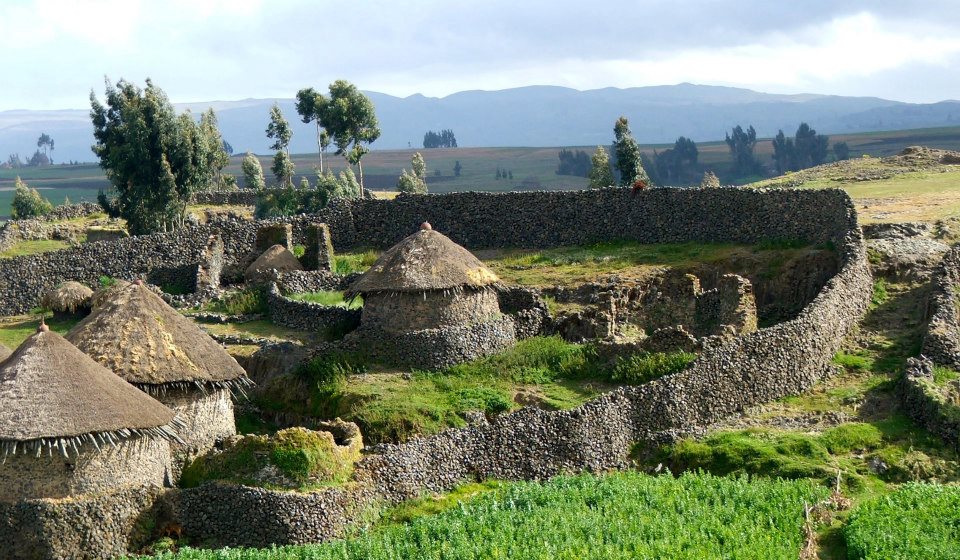
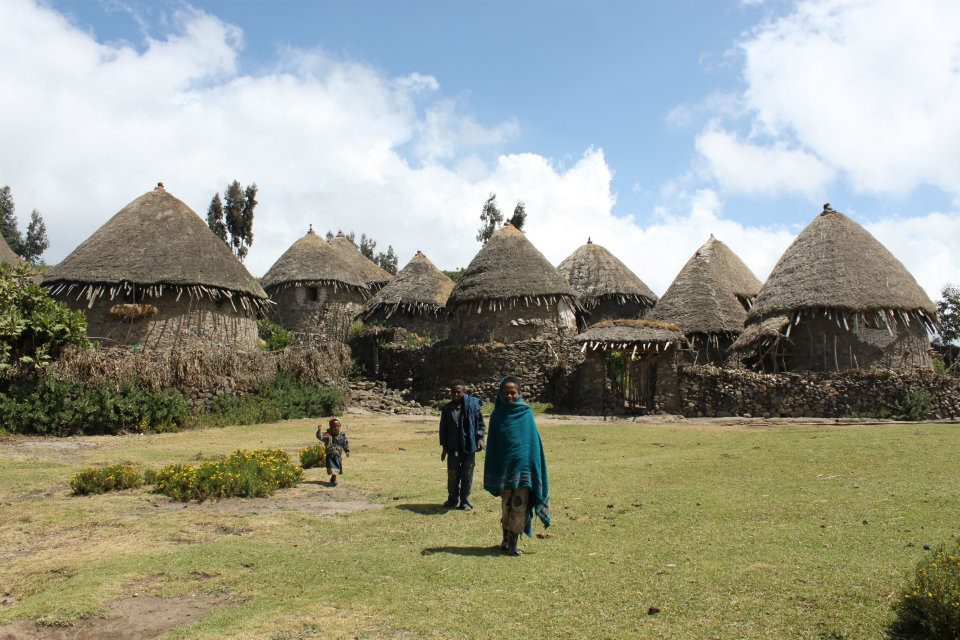


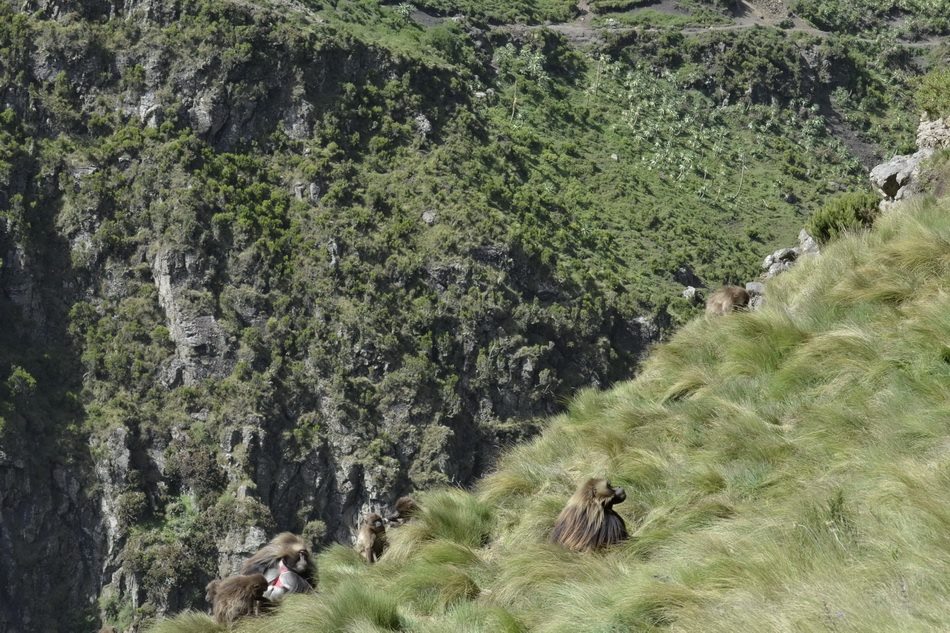
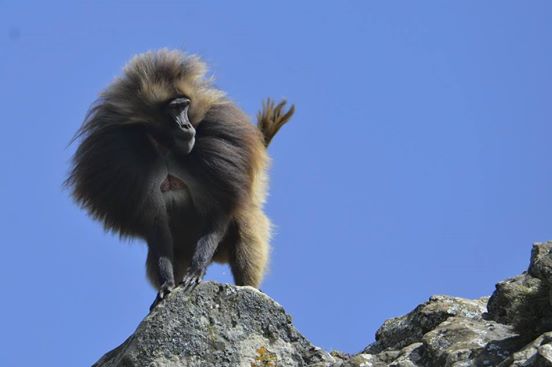
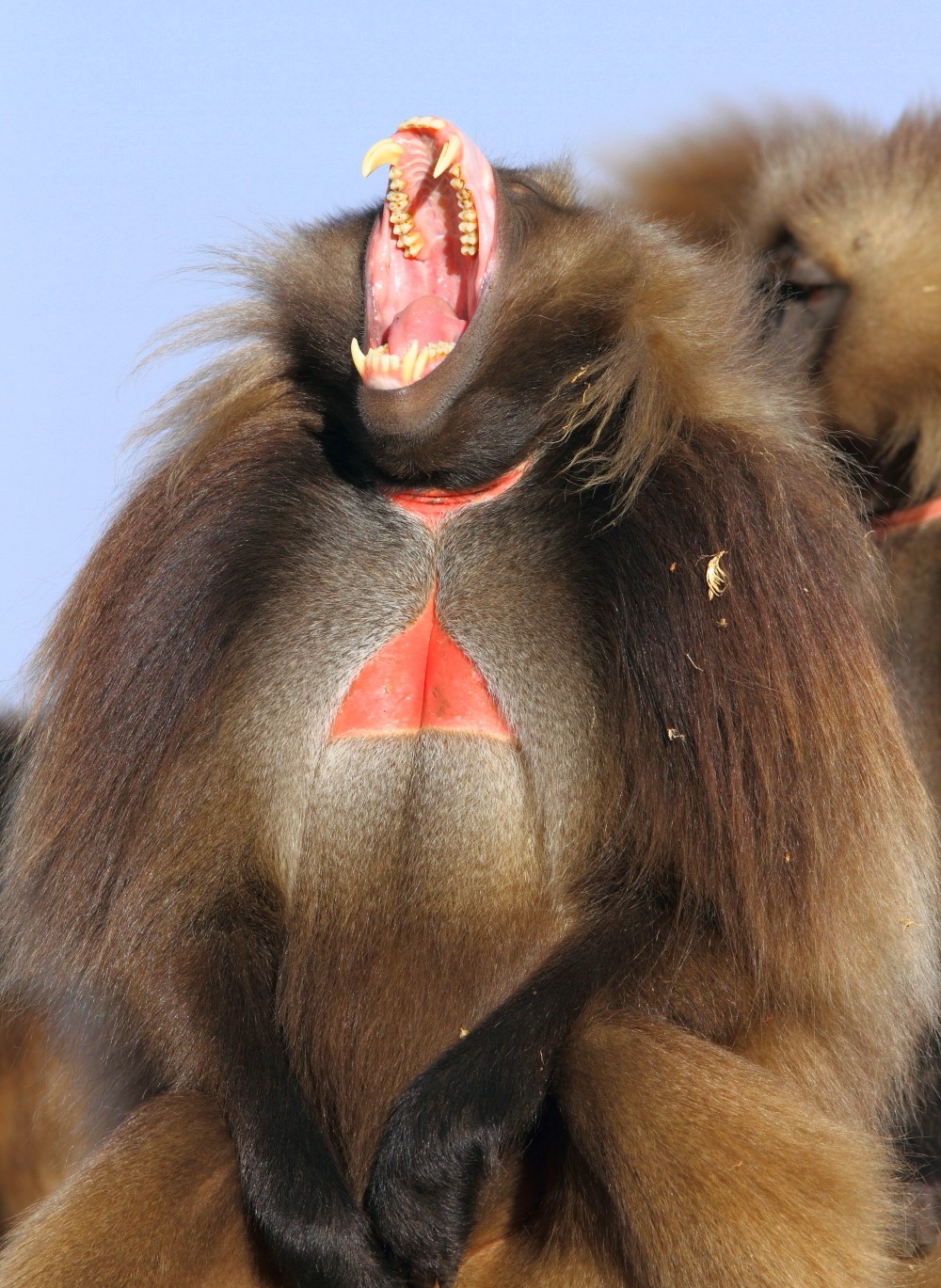
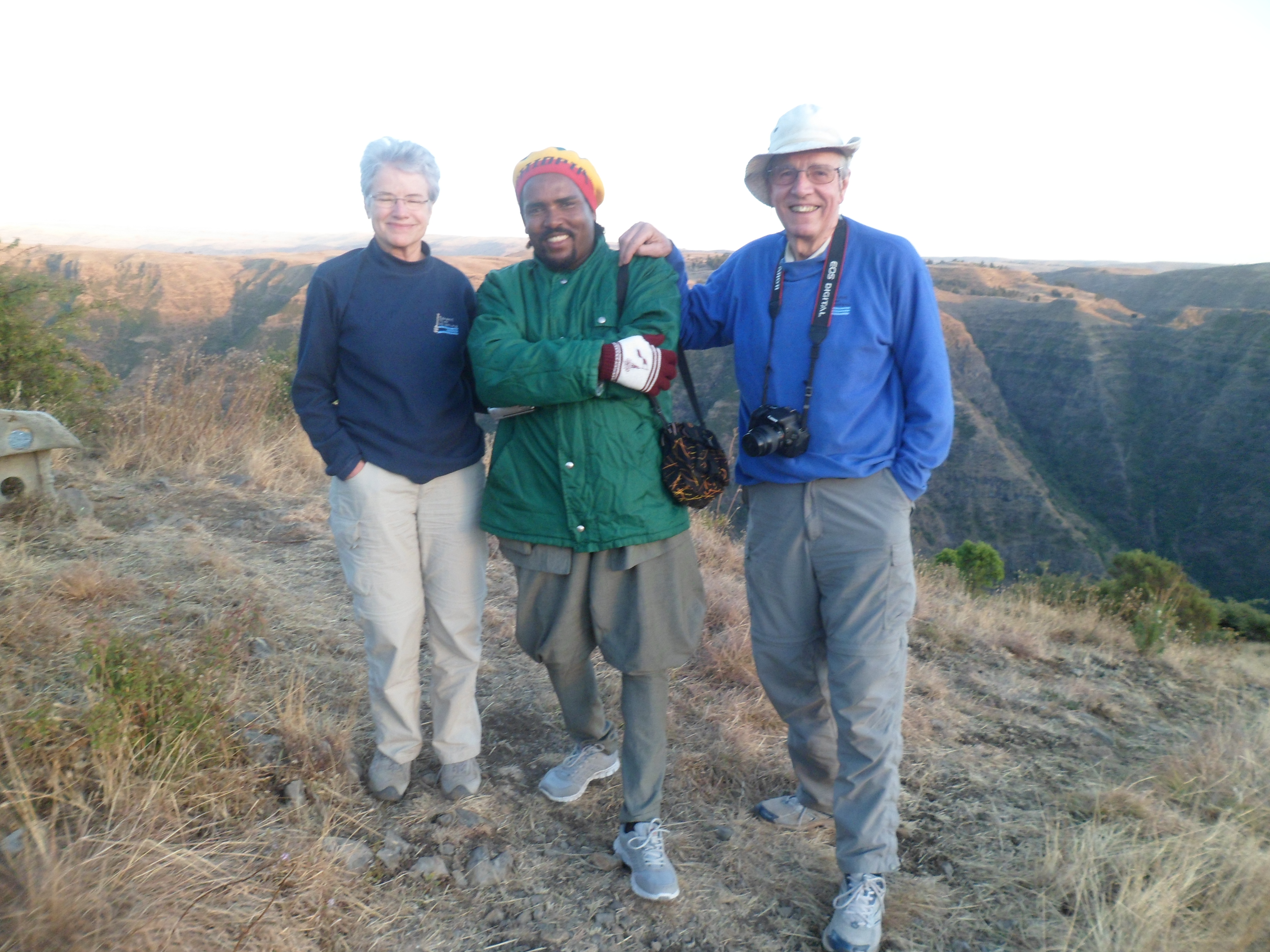
 Guassa Plateau
Guassa Plateau Gelda Baboons
Gelda Baboons